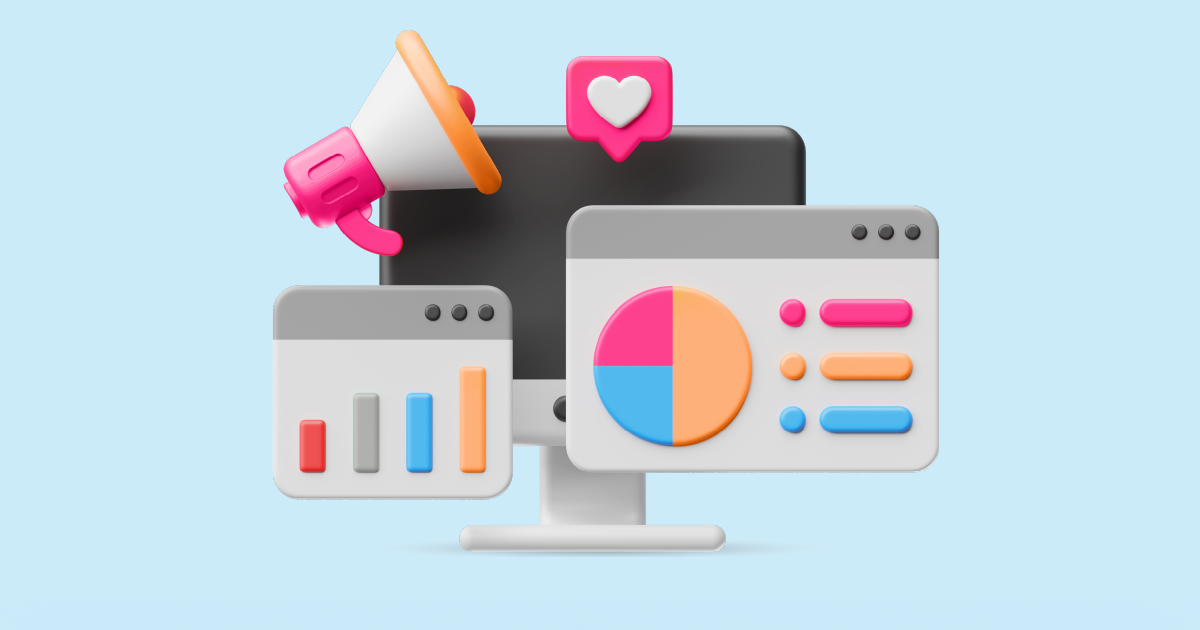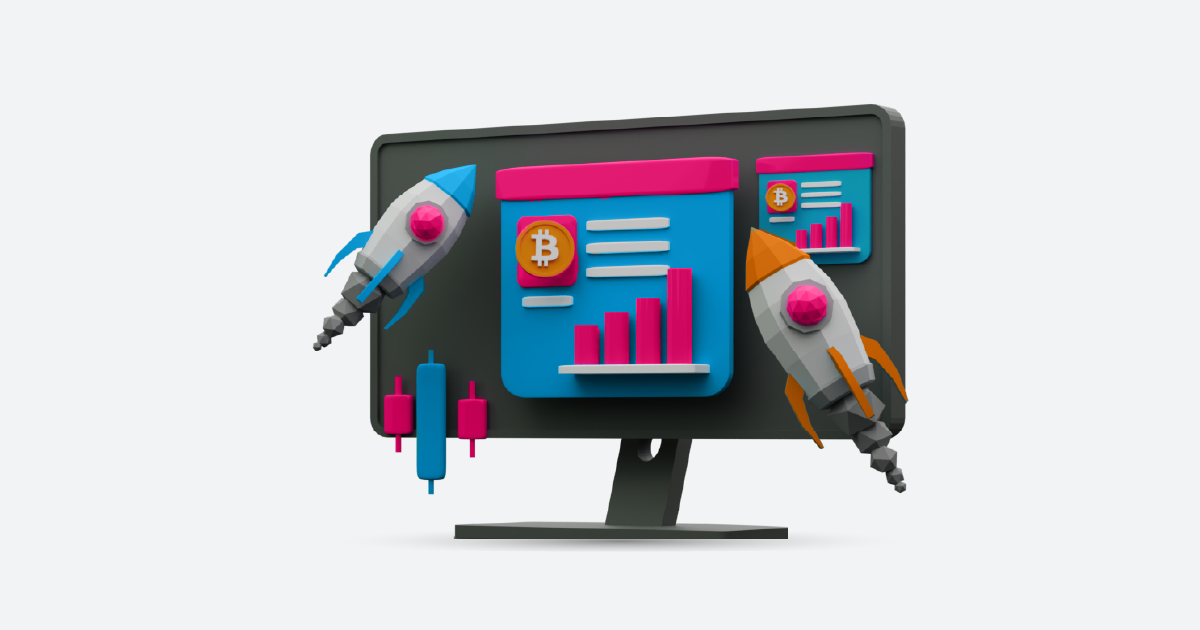In the fast-paced world of social media, staying ahead of the competition is crucial for businesses looking to make a mark on platforms like Twitter. One of the indispensable tools in a social media strategist’s arsenal is Twitter Competitor Analytics. This article will delve into the intricacies of this powerful tool, exploring its key features, benefits, and providing insights into effective implementation.
Definition of Twitter Competitor Analytics

Twitter Competitor Analytics refers to the process of analyzing data related to the performance of competitors on the platform. This involves monitoring metrics, audience engagement, and content strategies to gain valuable insights for refining one’s own social media approach.
Importance in Social Media Strategy
In a landscape where every tweet counts, understanding what works for competitors provides a competitive edge. Twitter Competitor Analytics empowers businesses to make informed decisions, adapt strategies in real time, and optimize content for maximum engagement.
Key Features of Twitter Competitor Analytics Tools
A. Real-time Monitoring
One of the standout features of these tools is the ability to monitor competitor activity in real-time. This allows businesses to respond promptly to market trends, ensuring that their content remains relevant and timely.
B. Performance Metrics
From tweet reach to engagement rates, analytics tools offer a comprehensive overview of how well a competitor’s content is performing. This data is invaluable for benchmarking and setting realistic goals for social media success.
C. Audience Insights
Understanding the demographics and preferences of a competitor’s audience is like having a roadmap to success. Analytics tools provide detailed audience insights, enabling businesses to tailor their content to resonate with their target market.
D. Hashtag Analysis
Effective use of hashtags is a cornerstone of Twitter’s success. Competitor analytics tools analyze the performance of hashtags used by competitors, helping businesses identify trending tags and incorporate them into their strategy.
Benefits for Businesses
A. Strategic Decision-Making
Armed with data about competitor strategies, businesses can make strategic decisions that align with current market trends. This proactive approach ensures that they are not just followers but trendsetters in their industry.
B. Improving Engagement
By analyzing the engagement patterns of competitors, businesses can fine-tune their content to boost interactions. This could include refining posting schedules, optimizing content types, and responding to audience feedback.
C. Enhancing Content Strategy
Twitter Competitor Analytics provides a goldmine of data on the types of content that resonate with audiences. Businesses can use this information to diversify their content strategy and keep their audience engaged with fresh and relevant material.
How to Choose the Right Twitter Competitor Analytics Tool
A. Compatibility with Business Goals
Before selecting an analytics tool, businesses must define their goals. Whether it’s increasing brand awareness or driving sales, choosing a tool aligned with these objectives ensures optimal results.
B. User-Friendly Interface
A tool may have robust features, but if it’s not user-friendly, its effectiveness diminishes. Businesses should opt for tools with intuitive interfaces that allow easy navigation and quick access to critical data.
C. Pricing and Features Comparison
The market is flooded with analytics tools, each offering a unique set of features and pricing structures. Conducting a thorough comparison ensures that businesses invest in a tool that not only meets their needs but also fits their budget.
Common Challenges and Solutions
A. Data Security Concerns
Privacy and data security are paramount. Addressing common concerns about the safety of sensitive information ensures that businesses can harness the power of analytics without compromising integrity.
B. Overcoming Implementation Hurdles
The initial stages of implementing analytics tools can be challenging. Providing solutions to common hurdles helps businesses navigate this process seamlessly, ensuring a smooth integration into their social media strategy.
Future Trends
A. Integration with AI and Machine Learning
The future of analytics lies in the integration of AI and machine learning. Tools leveraging these technologies can provide more accurate predictions and actionable insights, propelling businesses even further in their social media endeavors.
B. Evolving Metrics and Measurements
As social media platforms evolve, so do the metrics that matter. Exploring the upcoming trends in analytics metrics ensures that businesses stay ahead of the curve, adapting their strategies to meet the changing landscape.
Engaging with the Twitter Community
A. Leveraging Analytics for Interaction
Social media is about community. Utilizing analytics not just for observation but for actively engaging with the Twitter community fosters a sense of connection and strengthens brand loyalty.
B. Building a Strong Online Presence
Twitter Competitor Analytics is not just about tracking others; it’s about building a robust online presence. Providing tips on creating compelling content and fostering genuine interactions helps businesses stand out in the crowded digital space.
Twitter Competitor Analytics vs Other Social Media Analytics
A. Unique Features and Advantages
While many social media analytics tools exist, Twitter’s Competitor Analytics has its unique advantages. Comparing these features helps businesses understand why this tool is essential for their Twitter strategy.
B. Choosing the Right Platform for Analysis
Different platforms require different strategies. Discussing how Twitter Competitor Analytics complements overall social media analytics ensures businesses make informed decisions about where to focus their efforts.
Tips for Effective Implementation
A. Setting Clear Objectives
The roadmap to success begins with clear objectives. Offering tips on defining and refining goals ensures that businesses have a solid foundation for implementing Twitter Competitor Analytics effectively.
B. Consistent Monitoring and Adjustments
Analytics is an ongoing process. Encouraging businesses to consistently monitor data and make adjustments based on insights guarantees sustained success in the dynamic world of social media.
Measuring ROI with Twitter Competitor Analytics
A. Quantifying Success
Measuring the return on investment (ROI) is crucial for evaluating the effectiveness of analytics tools. Providing methods for quantifying success ensures businesses can confidently assess the impact of their social media strategies.
B. Identifying Areas for Improvement
Analytics not only highlights successes but also areas for improvement. Guiding businesses on how to identify and address weaknesses ensures a continuous cycle of refinement and growth.
Addressing Concerns about Privacy
A. Safeguarding User Data
In an era of increasing concerns about privacy, businesses must address how they safeguard user data. Transparent practices build trust and reassure users that their information is handled responsibly.
B. Complying with Regulations
Legal and regulatory compliance is non-negotiable. Outlining the steps businesses can take to ensure they adhere to relevant regulations safeguards them against potential legal issues and reinforces their commitment to ethical practices.
Future-proofing Your Social Media Strategy
A. Adapting to Changes in Analytics
The only constant in social media is change. Advising businesses on how to stay nimble and adapt their strategies ensures that they are well-positioned to thrive in the ever-evolving landscape of digital marketing.
B. Staying Ahead of Industry Trends
Anticipating and embracing upcoming trends ensures that businesses not only keep up with the competition but also lead the pack. Future-proofing strategies guarantee long-term success in the dynamic world of social media.
Conclusion
In conclusion, Twitter Competitor Analytics is a game-changer for businesses aiming to dominate the Twitter-sphere. From real-time monitoring to future-proofing strategies, the benefits are immense. Key takeaways include the importance of strategic decision-making, audience engagement, and effective implementation.
As social media continues to evolve, analytics remains the linchpin of successful strategies. Emphasizing its importance reinforces the idea that businesses cannot afford to ignore the wealth of insights available through analytics tools.
Discover the power of Twitter Competitor Analytics with a personalized demo from AIM Technologies. See firsthand how our cutting-edge tools can elevate your social media strategy.
FAQs
Is Twitter Competitor Analytics only for large businesses?
- No, businesses of all sizes can benefit from Twitter Competitor Analytics. It provides valuable insights for optimizing social media strategies, regardless of the scale of operations.
How often should I check competitor analytics data?
- Consistent monitoring is key. While real-time monitoring is beneficial, a weekly or bi-weekly review ensures you stay abreast of trends without becoming overwhelmed.
Are there free Twitter Competitor Analytics tools available?
- Yes, some tools offer free versions with basic features. However, for more comprehensive insights, investing in premium tools often proves worthwhile for businesses serious about social media success.
Can Twitter Competitor Analytics improve my engagement on other social media platforms?
- While focused on Twitter, the insights gained from competitor analytics can inform broader social media strategies, positively impacting engagement across various platforms.
Is user data safe when using Twitter Competitor Analytics tools?
- Reputable analytics tools prioritize user data security. Before choosing a tool, ensure it complies with relevant regulations and has transparent privacy practices.




